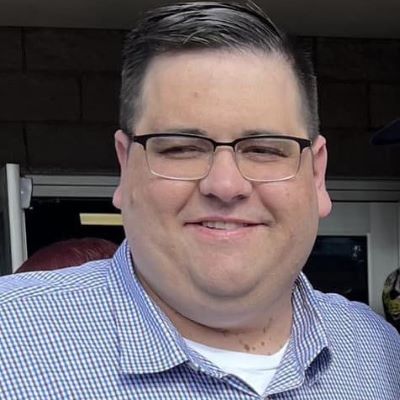As wildfires raged in the Los Angeles area last week, it’s doubtful — even for radio programmers — that the Nielsen PPM measurement was at the top of their minds.
Thousands of people in the region were forced to evacuate, some with no warning, as wildfires ravaged the area. In the chaos, it seems logical and likely that listenership for stations like KNX News, KFI-AM 640, 790 KABC, and 1580 KBLA grew exponentially as citizens searched for important information about the spread of the blaze, evacuation information, and important next steps.
However, it’s unlikely that those stations will receive credit for those listening spikes due to the PPM measurement utilized by Nielsen in the market. The portable people meter worn by panelists in the market probably wasn’t high on the list of things to remember before evacuating, one leader granted anonymity remarked.
“People aren’t going to grab their meter when they rush back into their homes to get their belongings in a situation like that,” a major market program director told Barrett Media. “They just aren’t. Your meter isn’t going to be in the same category as grabbing photo albums or other keepsakes. Which is a shame, because the stations like KNX and KFI did tremendous work when I checked in on them. But they’re not going to get credit. And I think that’s wrong.”
“The system is broken,” one radio executive, granted anonymity to speak more freely, told Barrett Media. “Thousands of listeners are going to turn to those stations for information, and they won’t get credit. They’ll look at the returns and see a drop instead of a jump. Broken. It’s just broken.”
Nielsen recently changed the amount of time needed — to three minutes instead of the previous five — to earn a quarter-hour of listening. But when the meters aren’t with panelists, the length of the tune-in doesn’t matter. And in spite of the thought process being that listening went away from other stations, there’s no real discernable way to state what accurate ratings information looked like for stations covering the breaking news situation.
“What matters most is that radio was there,” another radio executive granted anonymity shared. “When people needed us, we had the information and were a reliable way to get life-saving details on what residents should do and what they needed to know.”
The radio leaders we spoke with added that this situation — a nearly unprecedented one that featured fires emboldened by Category 1 hurricane-level winds — should be the latest example of why Congress should enact the AM Radio for Every Vehicle Act.
“Cell phones were largely unusable at key times,” one of the executives mentioned. “You couldn’t count on social media. You couldn’t count on your cell phone. But you could count on radio, especially AM radio. So, it’s just vitally important that AM radio remains a vessel for the public to get and share information.”
When asked if there was a better measurement possibility in mind, the leaders each admitted that there is no fool-proof, slam-dunk way to measure audiences that will showcase the most accurate results. But they all agreed that what transpired in Los Angeles — from a news/talk radio standpoint — highlighted the power of the medium and industry, and hope those who relied on the stations in life or death situations will continue to listen in the future, too.
Barrett Media produces daily content on the music, news, and sports media industries. To stay updated, sign up for our newsletters and get the latest information delivered straight to your inbox.

Garrett Searight is Barrett Media’s News Editor, which includes writing bi-weekly industry features and a weekly column. He has previously served as Program Director and Afternoon Co-Host on 93.1 The Fan in Lima, OH, and is the radio play-by-play voice of Northern Michigan University hockey. Reach out to him at Garrett@BarrettMedia.com.




